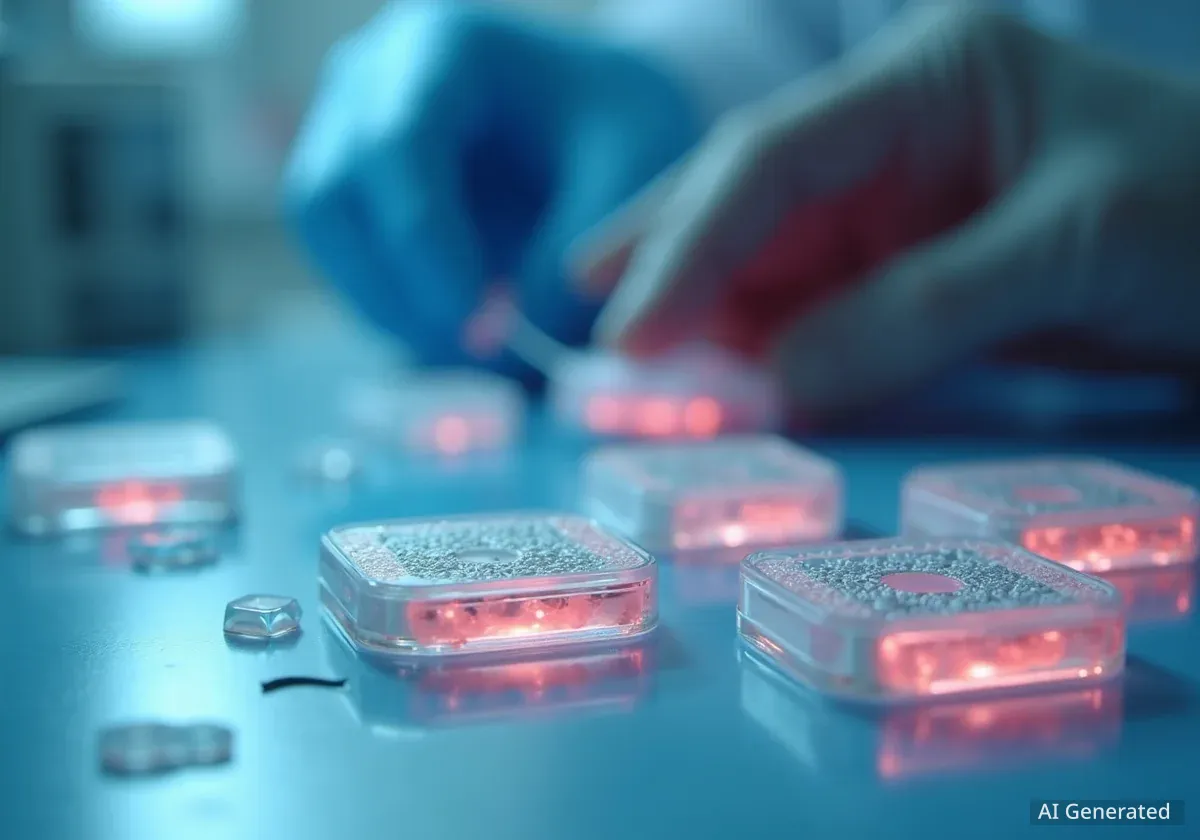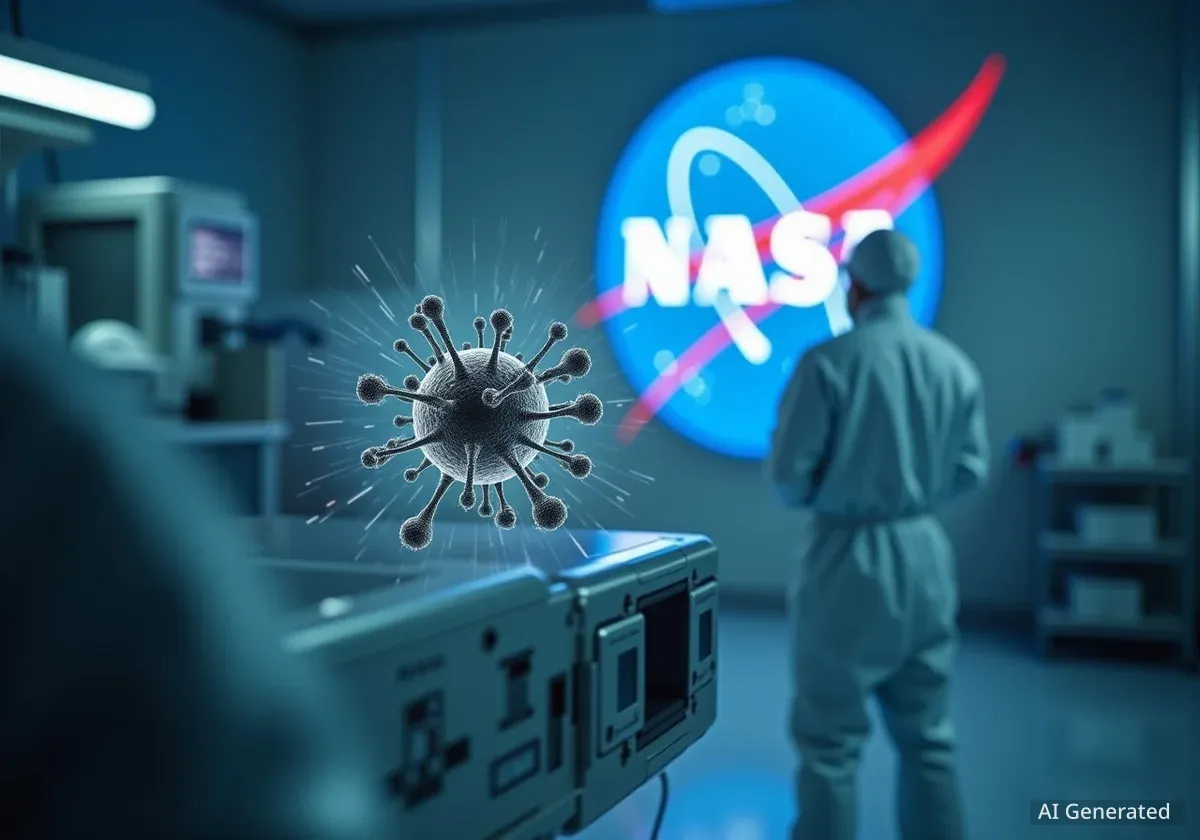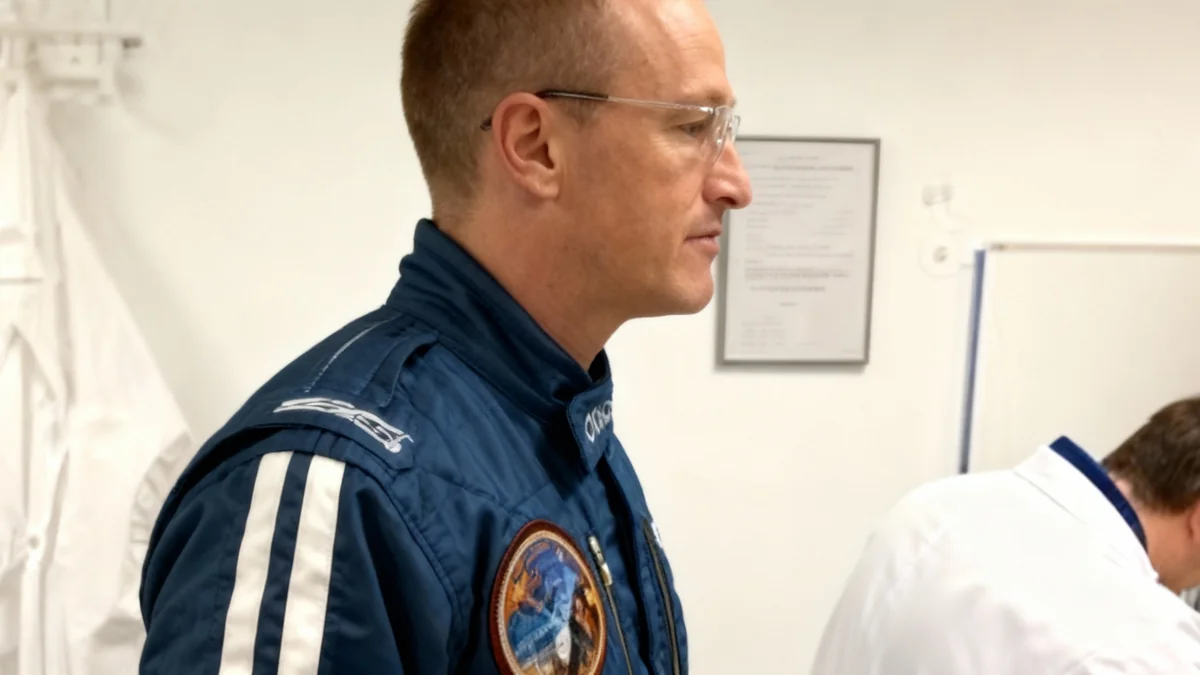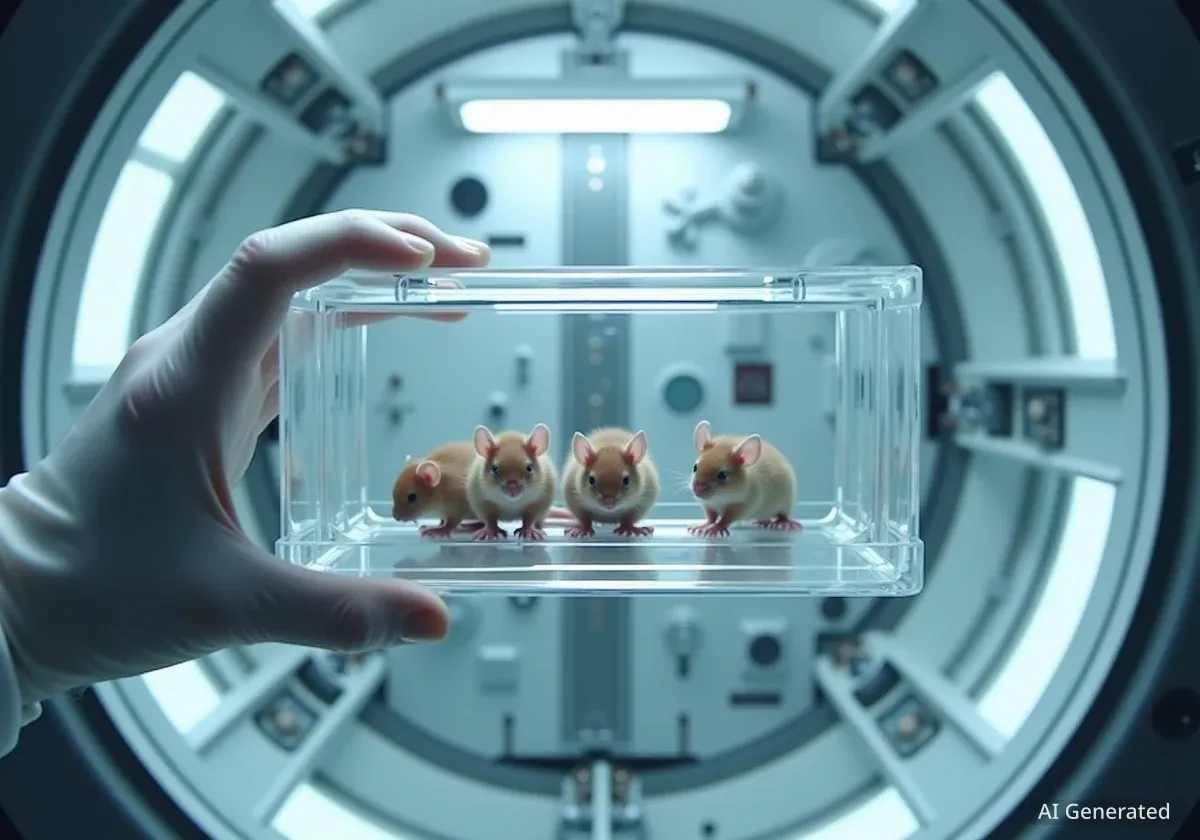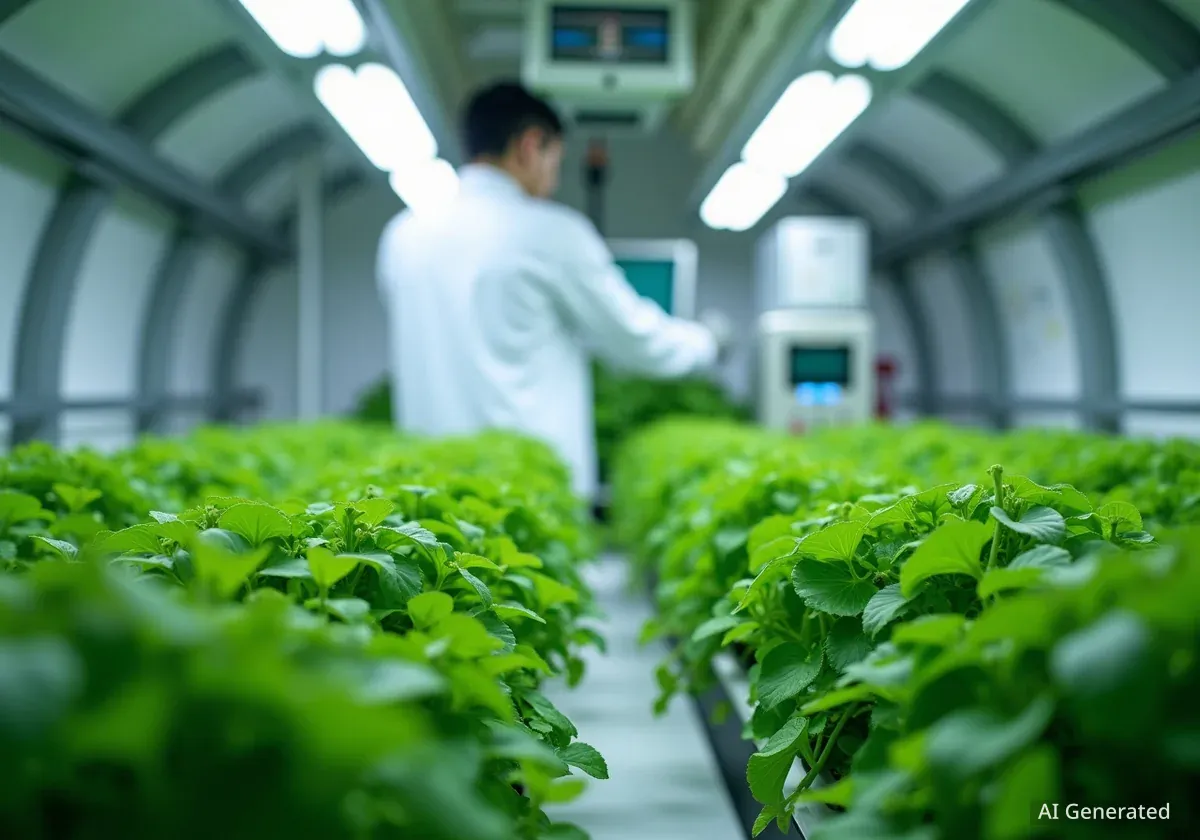NASA is preparing to launch a novel experiment aboard its upcoming Artemis II lunar mission, where tissue samples from astronauts will fly alongside them on small, advanced chips. This initiative, known as the AVATAR project, aims to study the effects of deep space on human biology in real time, potentially paving the way for safer long-duration space travel.
Key Takeaways
- The Artemis II mission will carry an experiment called AVATAR, which stands for A Virtual Astronaut Tissue Analog Response.
- The project uses "organ-on-a-chip" technology, where astronaut tissue samples are placed on devices the size of a USB drive.
- For Artemis II, bone marrow cells from each crew member will be used to create personalized models, or "avatars."
- The goal is to expose the tissue samples to the same space environment as the astronauts to gather molecular-level health data.
- This technology could eventually be used to send biological scouts into deep space and revolutionize personalized medicine on Earth.
The Health Challenges of Deep Space
Human physiology is not well-suited for the harsh conditions of space. Extended periods away from Earth's protective magnetic field and gravity present significant health risks that NASA is actively working to understand and mitigate.
According to Steve Platts, chief scientist for NASA's Human Research Program, there are five primary hazards associated with spaceflight. These include space radiation, the effects of isolation, the vast distance from Earth, changes in gravity fields, and confinement within a closed environment.
"Being in a very small vehicle that's kind of smelly, kind of loud, it's difficult to sleep – all those kinds of things are part of that hazard," Platts explained.
Decades of space missions have documented a range of health issues. Astronauts have experienced bone density loss, changes to their vision, and a weakening of the cardiovascular system. Understanding these effects is critical for planning future long-term missions to the Moon and Mars.
Standard Health Monitoring in Space
To establish a baseline for astronaut health, NASA employs a set of "standard measures" on its missions. This involves collecting core data similar to an annual physical, including blood pressure, heart rate, and blood and urine samples. This consistent data collection helps researchers more easily identify abnormalities that arise during spaceflight.
Introducing the AVATAR Project
The AVATAR experiment represents a significant step forward in space health research. By using tissue samples from the astronauts themselves, scientists can get a direct, parallel view of how space affects human biology at the cellular level. The technology is often referred to as an "organ-on-a-chip."
These chips are small devices, comparable in size to a standard USB flash drive, that contain living human cells in a micro-environment designed to mimic the function of a specific organ system. For the Artemis II mission, the focus is on bone marrow.
A Personalized Approach for Artemis II
What makes this experiment unique is its deeply personalized nature. Each of the four astronauts on the Artemis II crew has provided their own cells for the project.
Fact: The AVATAR experiment on Artemis II marks the first time that tissue samples will fly on a deep space mission alongside their donors, enabling a direct comparison between the biological model and the actual human crew member.
"For Artemis II, this AVATAR is going to be a bone marrow model made out of each of the astronauts," Lisa Carnell, director of NASA's Biological and Physical Sciences division, told ScienceAlert. "So each astronaut in Artemis II is contributing their cells to create their own miniature avatars."
These personalized chips will be housed in a custom payload aboard the Orion spacecraft, experiencing the same journey around the Moon as the crew. This will provide researchers with invaluable data on immune system responses and other physiological changes, which can then be directly compared with health data collected from the astronauts themselves.
Future of Space Exploration and Medicine
If the AVATAR experiment on Artemis II proves successful, it could fundamentally change how NASA prepares for future missions. The long-term vision is to send these biological avatars on missions ahead of human crews to act as scouts.
Future chips could contain a variety of tissue types, such as heart, liver, and even brain cells. By sending these models into deep space on uncrewed missions, NASA could assess the specific health risks of a destination like Mars before committing to a human expedition.
"The goal is that we want to be able to make these personalized avatars, send them out ahead to see what the effect is of this deep space environment on our astronauts and develop countermeasures," said Carnell.
This proactive approach would allow scientists to develop targeted strategies, such as new medicines or shielding technologies, to protect future explorers. It is a critical step in ensuring humans can not only survive but thrive on long-duration missions.
Revolutionizing Medicine on Earth
The benefits of organ-on-a-chip technology are not limited to space. The research conducted for the AVATAR project is expected to have a profound impact on personalized medicine here on Earth.
The ability to create functional models of a person's organs could allow doctors to test the effectiveness and safety of different drugs and therapies without any risk to the patient. This could lead to highly customized treatment plans for a wide range of diseases, from cancer to heart conditions.
"What's really cool is that I think eventually this is going to revolutionize medicine," Carnell stated, envisioning a future where individuals might have their own avatar for medical testing. "This is not just for NASA. This is for all of humankind."

